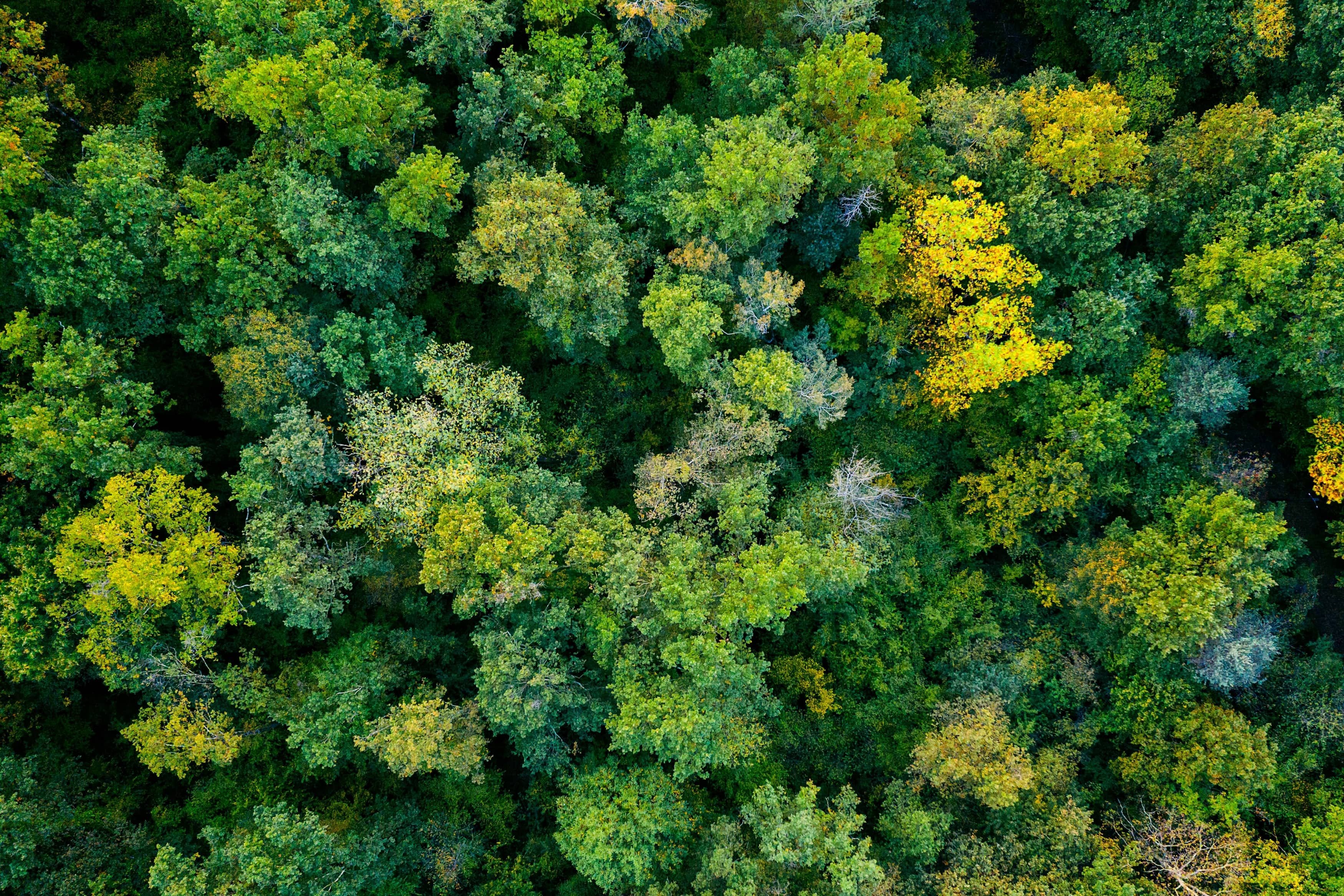Recycled plastic: from waste to new resource
If we were able to correctly dispose and recycle all the plastic produced, transforming it into new raw material and putting it back into production cycle, the environmental impact would be greatly reduced, not only in terms of resource and energy consumption, but also in terms of pollution due to the dispersion of plastics and microplastics into the environment. In the world, the percentage of plastic waste sent for recycling is still quite low, but, in recent years, in Italy, there have been notable signs of improvement and the amount of plastic packaging recycled has grown progressively in recent years.
According to data provided by Corepla (the National Consortium for the Collection Recycling and Recovery of Plastic Packaging) in its Annual Sustainability Report, in 2020, 1,913,914 tonnes of plastic packaging (belonging to Corepla) was consumed and 1,820,270 tonnes, i.e. 95% was recovered. Of this, 47 % of plastic packaging was sento fo recycling and 48% for energy recovery. Increased recycling of plastic packaging waste has therefore resulted in significant savings on the use of virgin raw material (with 458,000 tonnes saved in 2020, compared to 436,000 in 2018) and energy (9472 Gigawatt-hours saved in 2020).
The increased availability of recycled raw material also led to a considerable reduction in CO2 emissions: again accordin to Corepla, around 900,000 tonnes of CO2eq were avoided in 2020. In addition, benefits from the point of view of energy recovery and electrical and thermal energy actually produced (91 GWh and 183 Gwh, respectively, in 2020), should also be considered.
 +39 0376 391192
+39 0376 391192



